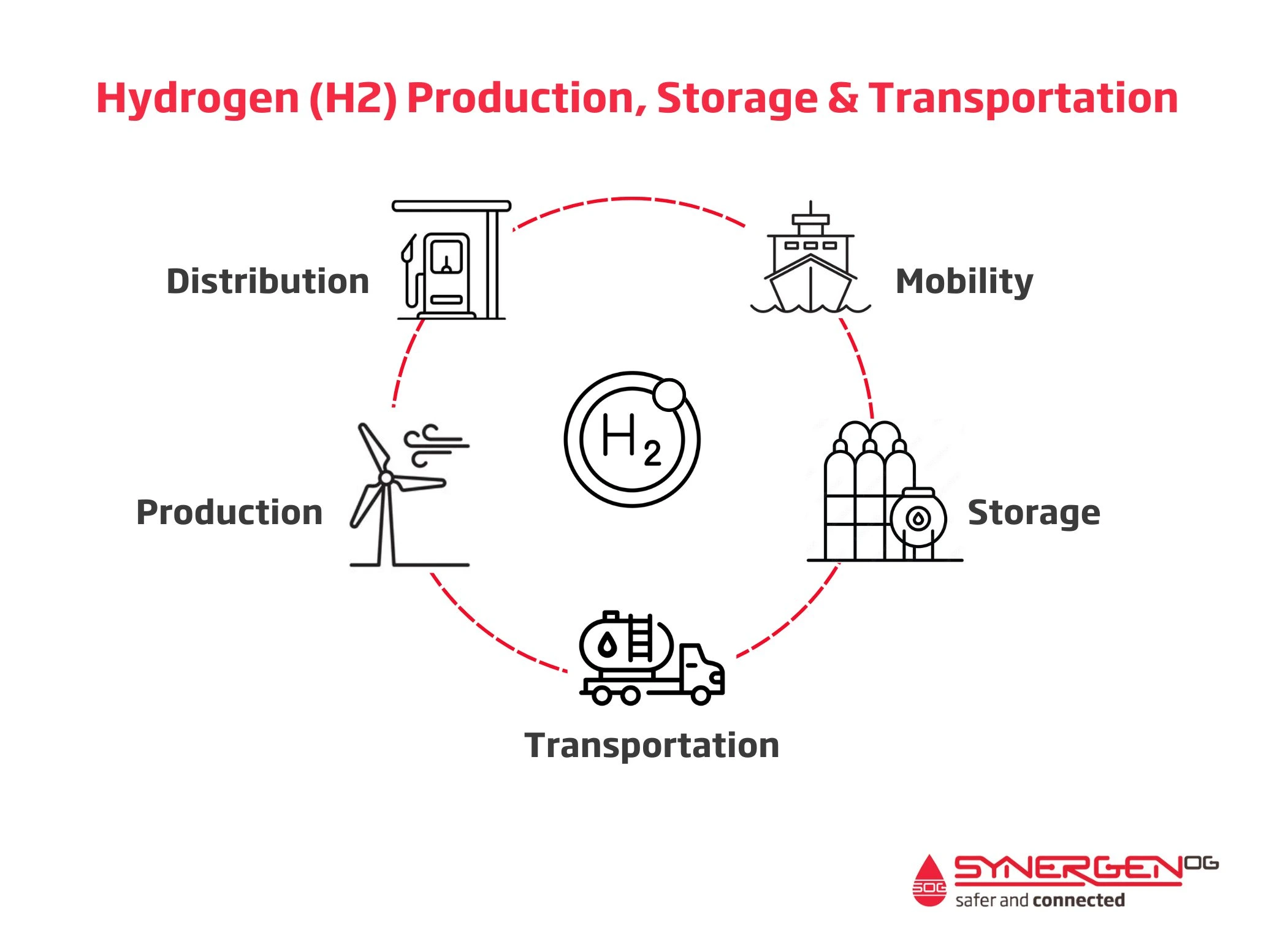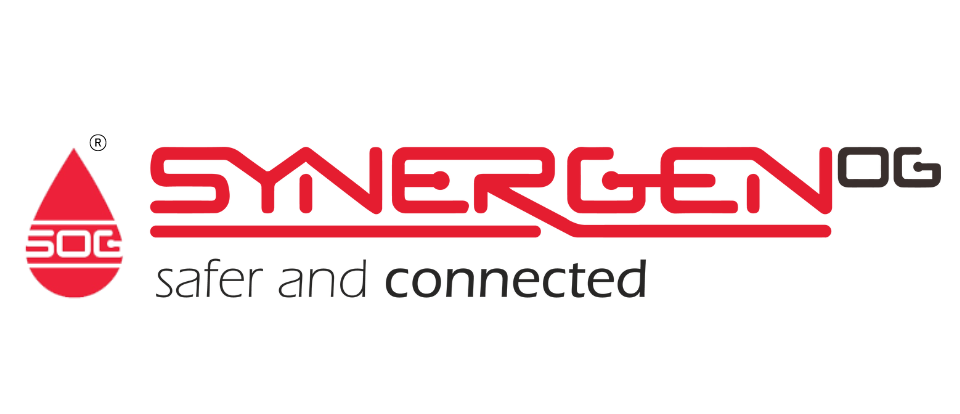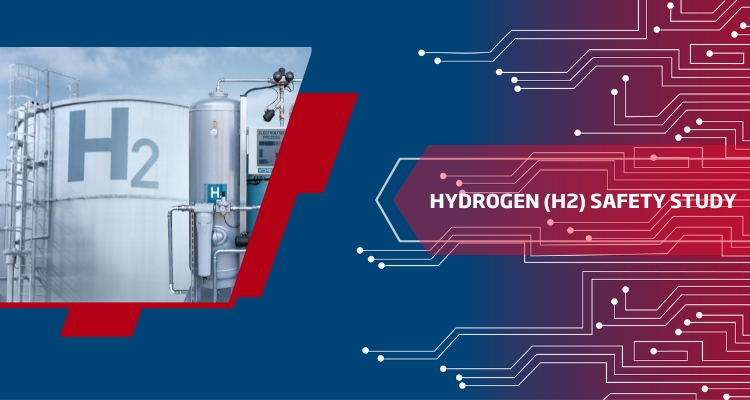Hydrogen (H₂) is the lightest and most abundant element in the universe, widely used in industrial, energy, and transportation applications. As a highly reactive and flammable gas, understanding its chemical properties and associated reactions is essential for ensuring safety in handling, storage, and utilization.
As a clean energy carrier, hydrogen offers a viable solution for decarbonization in industries, transportation, and power generation. The main advantages of hydrogen are its high energy density, clean emission, and flexible applications. These advantages come with critical safety concerns that must be carefully managed.
Key Hydrogen Safety Concerns
- High Flammability & Explosion Risk – Hydrogen ignites at low ignition energy and can burn with an invisible flame.
- High Leak Potential – Because of Hydrogen’s small molecular size and embrittlement
- Difficulty to detect leak due to odourless, colourless nature
- Dangers to human health such as cold burns or asphyxiant
- Commonly stored in pressurized and liquified form which is hazardous
Process Safety at Hydrogen Facilities

A Hydrogen Safety Study is essential for evaluating the risks, hazards, and mitigation strategies associated with hydrogen production, storage, transportation, and utilization. Hydrogen’s unique properties—high diffusivity, low ignition energy, and a wide flammability range—make it highly reactive and prone to leaks, increasing the risk of fire and explosion. These factors necessitate rigorous safety measures to prevent accidents and ensure operational reliability.
Organizations must adopt a structured Process Safety Management (PSM) approach to address these risks effectively. This includes comprehensive hazard identification methods such as HAZID, HAZOP, and QRA, along with robust engineering controls, leak detection systems, and emergency response planning.
Establishing a strong safety culture is important, with continuous monitoring, training, and regulatory compliance playing key roles. By implementing these best practices, hydrogen facilities can minimize risks, enhance safety performance, and contribute to the successful integration of hydrogen as a clean energy source.


